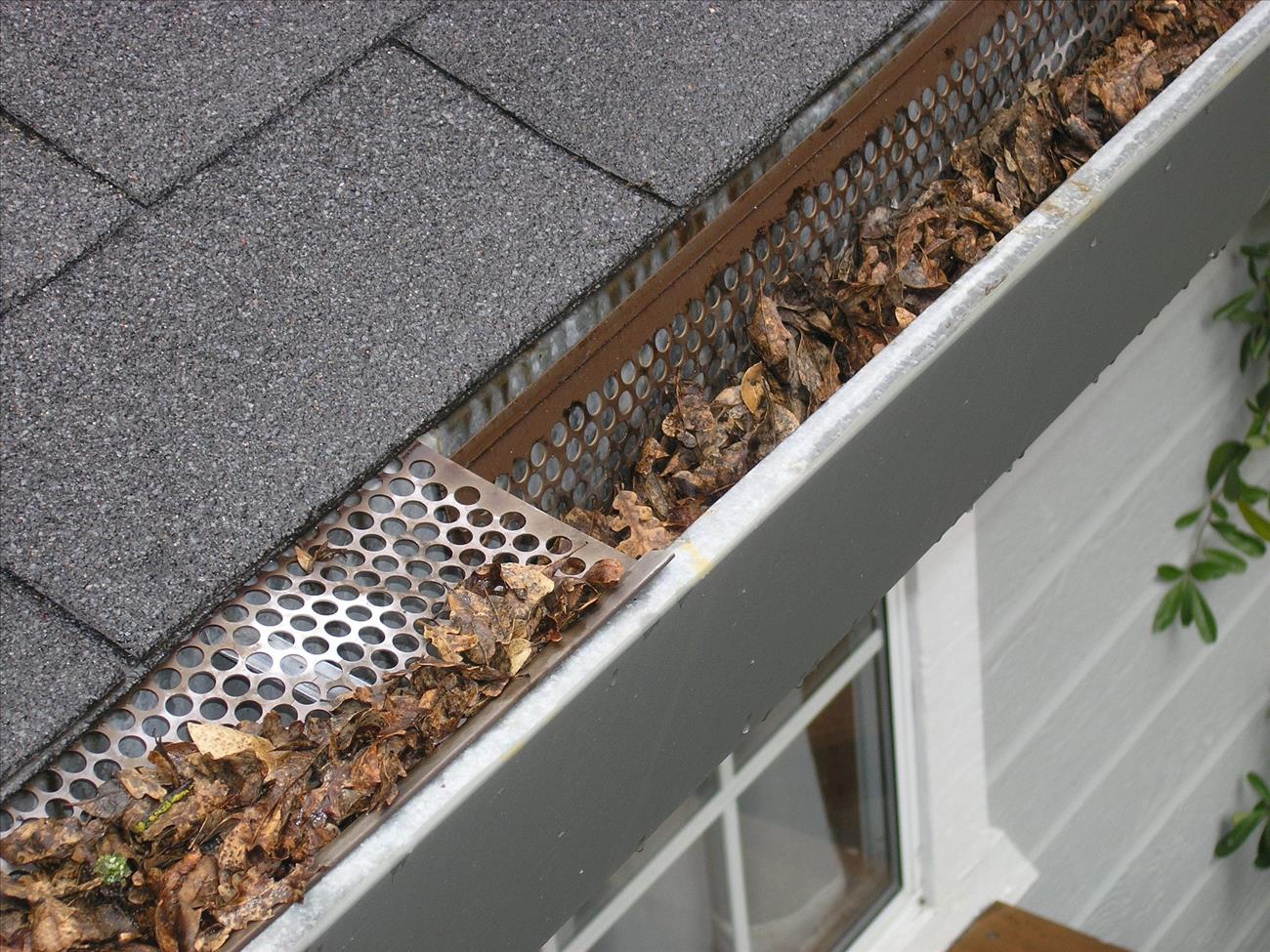Adequate soil drainage is about more than just stopping a home's residents and guests from tracking mud into the foyer. Nearly all plants need well-oxygenated dirt to grow and thrive, which means that saturated soils can be a serious threat to the landscape.
Determining the Source of the Problem
The first step to dealing with drainage issues is to identify the source of the problem. In some cases, muddy conditions arise after significant rain events. In others, yards are not sufficiently pitched to route the water successfully away from the home and landscape. The best potential solution to a problem will always vary based on the underlying reasons it's occurring.
Dealing With Poorly Sloped Yards
Inadequate pitch is a top culprit when it comes to residential drainage problems. Some contractors believe that lawns should still be able to successfully route water out of the area with a pitch of just two percent, but modern landscape architects are adamant about three percent being the minimum slope. In lawns with a lower pitch, additional drainage measures, such as the installation of French drains or catch basins, must be used.
Fixing Front Entryways
Front entryways tend to be designed so they are higher than the surrounding landscape. That makes sense from the standpoint of guests not wanting to get their feet dirty, but it can create some serious drainage problems after a storm, especially if downspouts are also being routed to the area. Effective ways to resolve this problem include using stepping stones instead of uninterrupted sidewalks, adding pipes and catch basins beneath the walkway, or sloping the land away from the walkway.
Adding Downspouts
Downspouts are designed to take the water from a home's drainage system and route it away from the house. In some cases, downspouts wind up diverting water toward the house, which can cause foundation damage. Don't just route the water into the neighbor's yard and call it a day, though. There are plenty of better options for dealing with roof runoff, such as routing downspouts to dry creeks or wells.
Avoiding Erosion Problems
Erosion problems can occur anywhere that downspout water emerges from the gutter system or pipes carrying excess rainwater open to daylight. Arguably the best way to avoid erosion in this circumstance is to design a dry creek into the landscape to accommodate the water. Dry creeks can be made using river slicks, large rocks, and carefully chosen plants, and they look beautiful whether there's water in them or not. If a dry creek sounds like it wouldn't go well with the landscape, consider installing erosion-resistant plants instead.
Turning Soggy Areas into Beautiful Gardens
Soggy areas in the yard that never seem to dry out are often viewed as serious problems, but they can also be opportunities. When these soggy spots are caused by problems with improper pitch or large depressions in the landscape, they can generally be resolved through some careful earthworks. However, the better option in most cases is to install a rain garden. Rain gardens keep water on the property instead of allowing it to run off onto roads or into creeks.
Don't Be Afraid to Hire a Professional
Want to get rid of those soggy spots without having to try out half a dozen techniques that may or may not work? The best solution to serious drainage problems is to hire a professional contractor with experience dealing with similar issues. Don't be afraid to reach out and hire a pro.
Are You a Professional?
Requests for your services are coming in left and right. Let’s connect and grow your business, together.


